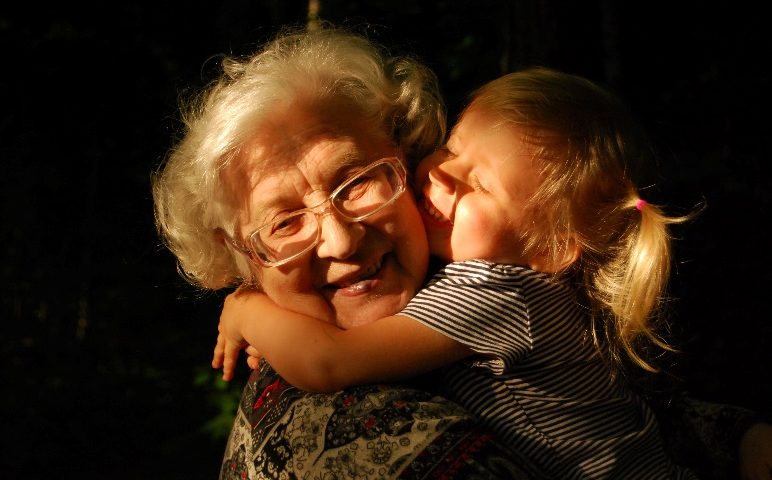
A sociology of the pandemic: Caring for carers
October 16, 2020New data shows: Governments are not doing nearly enough to address the care crisis that Covid-19 has catalyzed
November 19, 2020By: Sarah E. Patterson and Jeffrey E. Stokes
In a recent news article, Kelly Chapman talks about caring for her mother Wilma at home after removing her from a nursing home due to COVID-19 concerns. She says, of providing family care, “In my heart of hearts, I still believe this is the better way to go… I just don’t know if I can handle it.” This quote is specific to Ms. Chapman’s situation, but such concerns are widespread among family caregivers providing for older adults at home, especially during the COVID-19 pandemic.
Americans generally want to provide care for older family members, and older adults themselves often want to remain in their home, or at least within their community. As estimated by the American Association of Retired Persons (AARP), roughly 41 million family caregivers provide 34 billion hours of unpaid care to an adult loved one, work that, if it had to be paid for, would cost about $470 Billion dollars per year. Social contact and care from family members is universally important for older adult’s well-being.
However, many family caregivers are also working, or providing care for children or others at the same time that they care for an older family member. These dual roles increase the risk of exposure to COVID-19 through interactions by those family members at work, or at other outside events and social places. A recent study in Sweden confirms that older adults residing with someone of working age (that is, between 18 and 65 years old) had a higher mortality risk from COVID-19 compared to older adults who only lived with other older adults. However, research from other countries on these risks has been inconclusive to date.
Further, the risk of exposure and mortality is particularly heightened for racial and ethnic minority groups and lower-socioeconomic status populations who are more likely to be employed in contingent, lower-paid work and less able to work from home. Low-wage workers are the most likely to be impacted by COVID-19 through exposure to risk and also layoffs.
Although working increases the risks of exposure, family caregivers often rely on their working income to sustain the family and ability to care for others; these effects are also unevenly distributed among social groups in the U.S. For instance, in a recent Oxfam study, Black and Hispanic Americans were more likely to have been laid off, temporarily furloughed, or working reduced hours in May compared to February of this year; this compares to white workers who were more likely to be working for pay from home in May. Although the rates workers who have been laid off have recently have decreased, they are still higher than before February 2020.
We argue in a recent commentary that one way to alleviate some of these inequalities is greater availability of supportive workplace policies. For instance, in California, access to paid family leave is associated with helping caregivers continue to work, especially for at-risk populations including middle-age women. The policy also has been shown to reduce the likelihood of nursing home use for older adults. Therefore, one of the ways that we can more properly value family caregivers is by understanding that employment policies have implications for families’ and older adults’ well-being, and that policies targeted at families of all forms can affect the health, employment, and general well-being of the nation.


